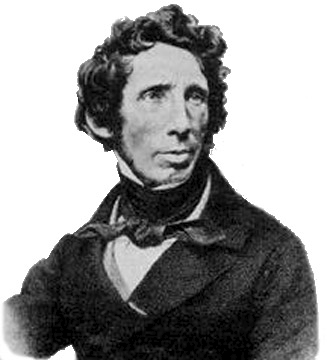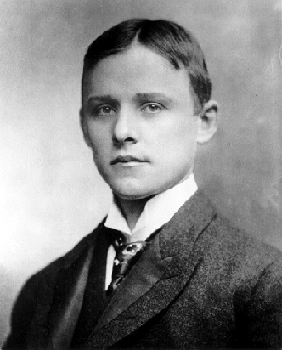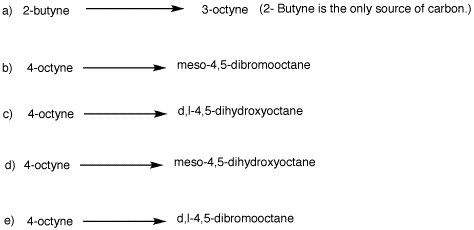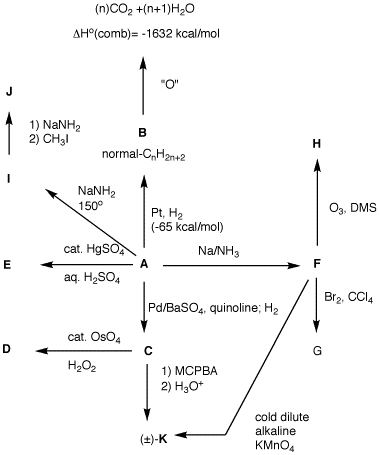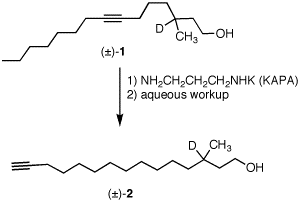Friedrich Wöhler
(1800-1884) Aluminum was once a precious metal
although it was plentiful. The problem was how to remove
it from its ore. Friedrich
Wöhler, of urea synthesis
fame, was able to accomplish this feat but by an
impractical method. He was to meet a young chemist, Frank Jewett, recently arrived in
Göttingen from Yale. Aware of the difficulty
Wöhler had had and probably encouraged by
Wöhler, Jewett, as a professor at Oberlin College,
passed the problem onto Charles
Martin Hall, a young student
at the college. Hall solved the problem in his family
garage. Thus was born Alcoa. At the same time in Spray,
North Carolina, Thomas
Willson, a Canadian, and
American James Moorhead were unsuccessfully
trying to refine aluminum using an electric arc.
Unsuccessful in purifying aluminum, they sought calcium
metal. Heating coal tar and lime in an electric furnace
they obtained a brittle material that produced a
combustible gas upon exposure to water. The material was
not calcium nor was the gas hydrogen. The pair was
calcium carbide and acetylene, the basis for Union
Carbide Corporation (RIP). Charles Martin Hall
(1863-1914)
